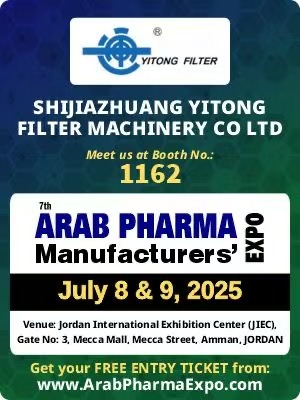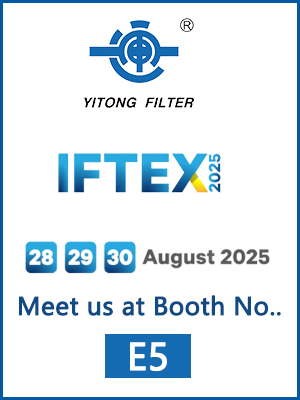Jan. 06, 2020
As a High Precision Pleated Filter Element Exporter, share the information with you. The first filter element of the water purifier, called PP cotton, is used for coarse filtering, filtering large particles of impurities such as rust and sediment. Generally, this filter element, when you receive the filter element, first look at the pinch and look at the hardness. Generally, the heavier the PP cotton, the higher the hardness. The PP cotton that is soft when you squeeze it is very light, so it is not hard to use it Well. Because under the same water quality, the softer PP cotton takes less time and the replacement cycle is shorter. Our company has PP Pleated Filter Cartridge on sale.
PP Pleated Filter Cartridge
The second filter element is granular activated carbon UDF, which is the one that will make a noise when shaken. It is mainly to absorb different colors, odors, and residual chlorine to improve the taste, as shown in the figure below.
Generally, this filter element cannot be judged from the appearance alone. Generally, there are differences between coal-based charcoal and coconut shell charcoal. Of these three, coconut shell charcoal is the best. The taste and adsorption are very good. Of course, coconut shell charcoal itself also has good and bad and high and low iodine value. So how do you judge? Can be judged from the following two aspects:
First: distinguish from the sound of shaking, the particles of coconut shell char are relatively fine, so the sound of shaking is relatively small, the particles of coal char are relatively large, and the sound of shaking is relatively loud.
Second: From the perspective of weight, the particles of coal-based charcoal are relatively large, so under the same circumstances, coal-based charcoal will be relatively heavy, and the granular charcoal will be lighter.
The above is to distinguish from the overall appearance. There is another method that is more direct. The first is to cut the filter element and distinguish it from the color and size. The coal charcoal is matte, the particles are large, the coconut shell charcoal is shiny, and the particles are fine. Sprinkle directly in two cups of tap water to compare the bubble reaction speed and bubble size of different activated carbons.
The third filter element is the compressed activated carbon CTO, which we also call a carbon rod, which is block-shaped. Sometimes the third filter element of the water purifier puts the same PP cotton as the first one. This is all possible and will not affect the use and effect of the water purifier. The judgment criteria are basically the same, but the size and gloss of the particles cannot be seen. The main reason is to see the speed of adsorption when water is sprinkled on the carbon rod.
The fourth filter element is the reverse osmosis RO membrane. This depends on the brand, that is, the desalination rate and stability. The best way is to use a TDS pen test to determine the TDS value of the water coming out of the RO membrane. If the TDS value of the raw water is 100 and the TDS value of the filtered water is 4, then the desalting rate of this RO membrane is 96%.
The fifth filter element is still activated carbon. Generally, the last filter element is called post activated carbon, which is also granular. The best way is to look at the taste of the water coming out of the tap. Post-activated carbon generally uses coconut shell charcoal with an iodine value of 1000 or above, which will taste better. For example, Calgon Coconut Shell Activated Carbon is a good word of mouth on the market, and it will have a better taste when used as post activated carbon. Our company also has Nylon Micron Pleated Filter Cartridge on sale, welcome to consult.

